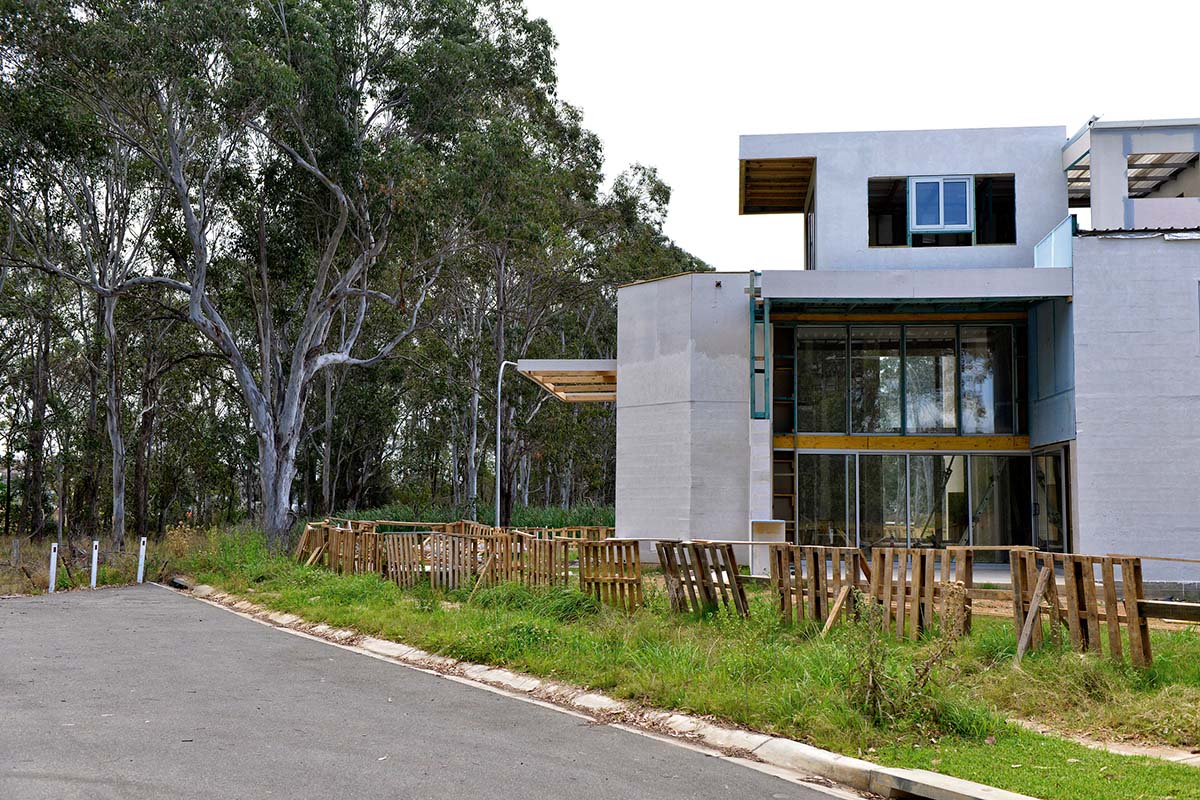Can I build and occupy a secondary dwelling (granny flat) while my main house is being built?
If you need to rebuild, you may want to live on your land while construction is underway.
That’s why we have changed the rules on temporary accommodation to let you build a granny flat or install a caravan or similar dwelling on your land without council approval.
This is only possible where secondary dwellings are allowed (mainly residential zones). You can find more information on the NSW Planning Portal.
What is the approval process?
- Get approval for all works (a development application or complying development certificate).
- Build your granny flat or install your caravan.
- Get an occupation certificate for your granny flat.
- Build your main house.
- Get a final occupation certificate for all works – you must do so within 5 years of your first occupation certificate.
Where are secondary dwellings (granny flats) allowed?
A granny flat is allowed in designated residential zones under State Environmental Planning Policy (Housing) 2021 – also known as the Housing SEPP. Some councils may also allow them in other zones.
Your council or a private certifier can issue a single complying development certificate for both dwellings.
Your granny flat must meet several requirements and development standards set out in the Housing SEPP.
Your main dwelling must meet relevant standards in the Exempt and Complying Development Codes SEPP.
You cannot subdivide your lot if your granny flat is covered by the conditions of the Housing SEPP.
Land prone to bushfires
You must meet more requirements if you are on bushfire-prone land. If your land is zoned as at risk of ember attack or of exposure to flames from a fire front, you cannot do a complying development.
For more information about development on bushfire-prone land, visit the NSW Rural Fire Service.
For more information go to:
